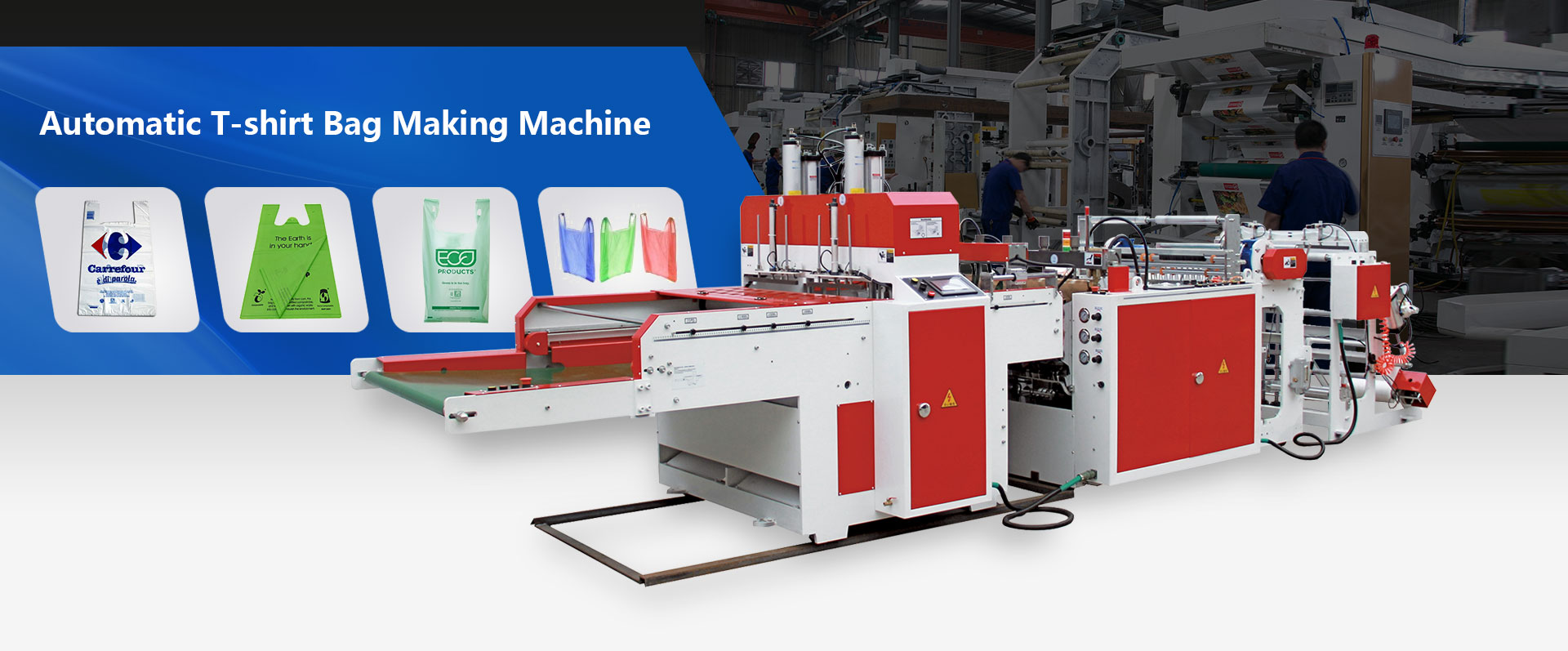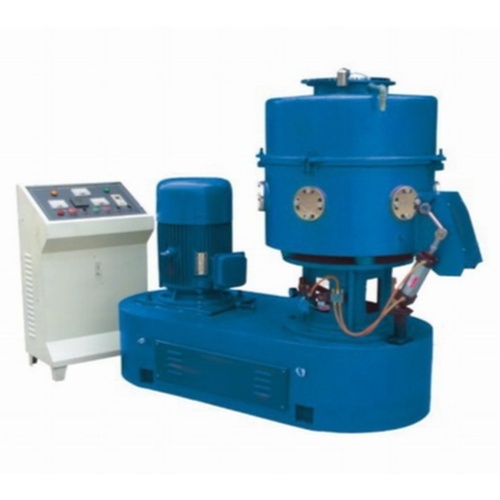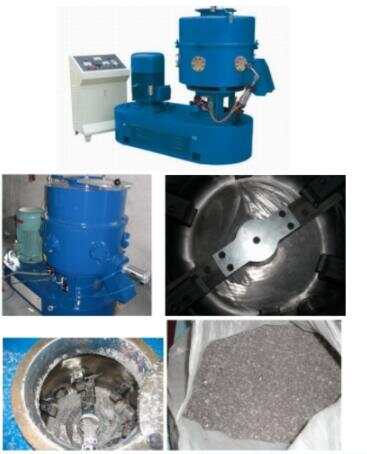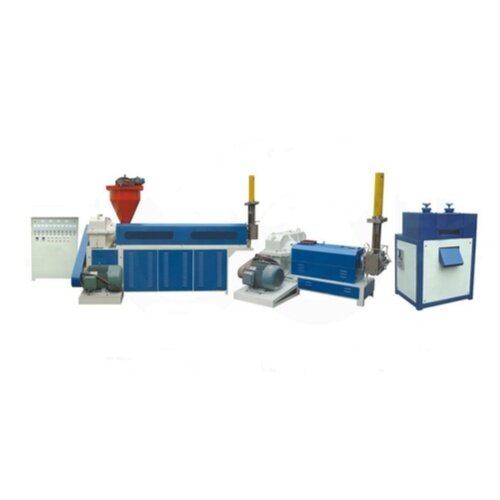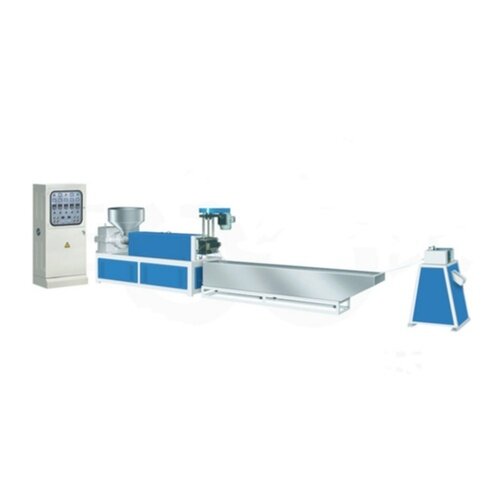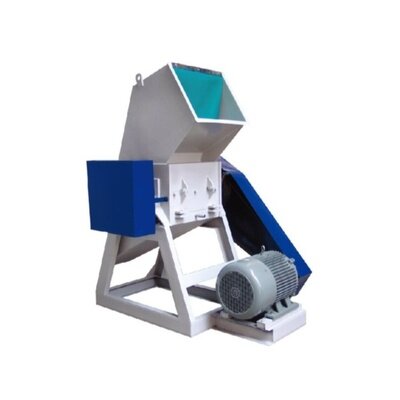sale@kingdommachine.com
+8613088651008
Language
ENGLISH
- ENGLISH
- Español
- Français
- Pусский язык
- العربية
- Português
- Bahasa Indonesia
- فارسی
- latine, lingua latina
- Tiếng Việt
- Afrikaans
- O'zbek
- Türk
- Basa Jawa
- Polski
- Shqip
- Malay
- हिन्दी
- bosanski jezik
- עברית
- Հայերեն, Հայերէն
- тоҷикӣ, toçikī, تاجیکی
- پښتو
- hrvatski jezik
- қазақ тілі
- Română
- Slovenski Jezik, Slovenščina
- magyar
- Lëtzebuergesch
- latviešu valoda
- Монгол хэл
- Soomaaliga, af Soomaali
- Suomi
- 简体中文
- Norwegian
- Lietuvos kalba
- azərbaycan dili
- Ελληνικά
- Svenska
- Shona
- नेपाली
- Íslensku
- čeština
- ລາວ
- Burmese
- Gaeilge
- Dansk
- தாமில்
- Українська
- Slovenský
- ქართული
- Eestlane
- 日本語
- Беларус
- Српски
- Nederlands
- Deutsch
- български
- تایلی
- Italiano
- 한국어
- বাংলা
- македонски јазик
- 繁体中文
- Malti
- Asụsụ Igbo
- chiCheŵa
- te reo Māori
- Sesotho
- മലയാളം
- सिन्धी, سنڌي، سندھی
- isiZulu
- gagana fa'a Samoa
- ਪੰਜਾਬੀ, پنجابی
- اردو
- татар теле, tatar tele
- Kiswahili
- తెలుగు
- ייִדיש
- Basa Sunda
- Galego
- fiteny malagasy
- isiXhosa
- Yorùbá
- (Hausa) هَوُسَ
- Hawaiian
- සිංහල
- Wikang Tagalog
- Hmong
- Kreyòl ayisyen
- Cymraeg
- Cebuano
- corsu, lingua corsa
- Esperanto
- euskara, euskera
- català
- አማርኛ
- ខ្មែរ, ខេមរភាសា, ភាសាខ្មែរ
- ಕನ್ನಡ

